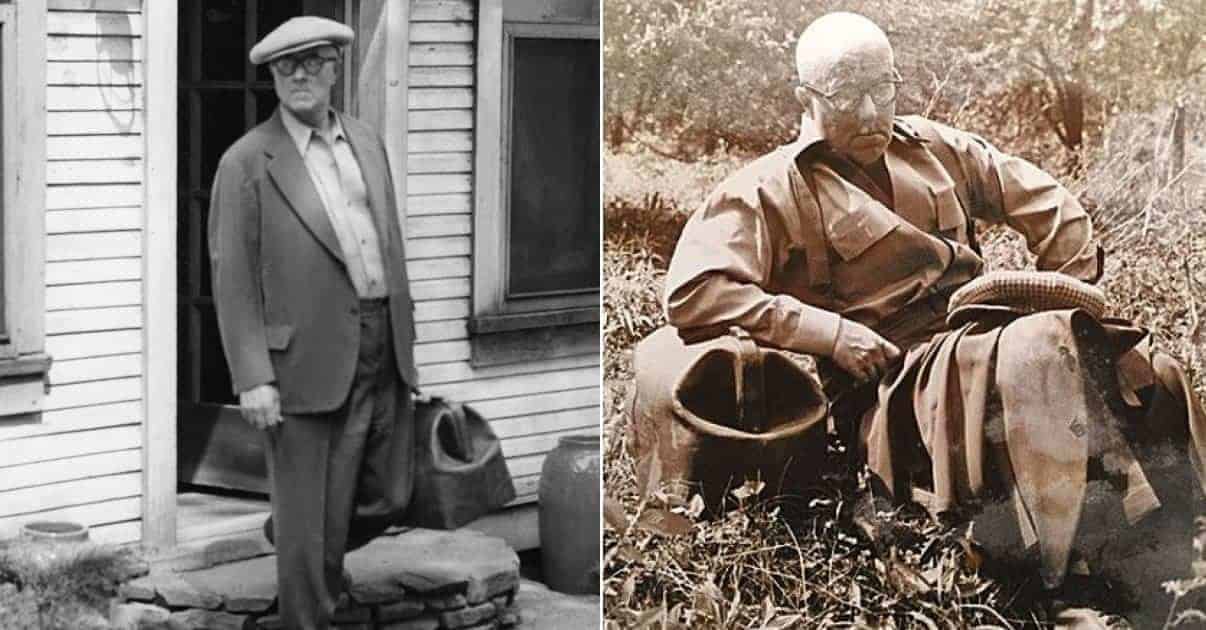Ray Sprigle won the Pulitzer Prize for Reporting in 1938 for a series of articles he wrote which proved that Hugo Black, a newly appointed U.S. Supreme Court judge, was once a member of the KKK. The Pittsburgh Post-Gazette scribe was known for his hard-hitting reporting and considered himself a conservative. Indeed, Sprigle had opposed the New Deal, but he was also disturbed by the Jim Crow system which he believed was grossly oppressive to black people.
Rather than complain about it from afar, Sprigle decided to venture into the Deep South in 1948 to find out what life was really like for African-Americans. To say it was an eye-opener was an understatement as Sprigle was appalled by the conditions that up to 10 million black people in the South had to endure.
It was a memorable journey for Sprigle for all the wrong reasons as he travelled approximately 4,000 miles in just 30 days. Afterwards, Sprigle said: “I quit being white, and free, when I climbed aboard that Jim Crow coach.” He acknowledged that while he had made scores of trips to the Deep South, the world he was about to inhabit was completely alien to him. Read on to learn about Sprigle’s remarkable undertaking.

The Transformation
Sprigle’s account was published in the Pittsburgh Post-Gazette; in 21 essays, the first of which appeared in the August 9, 1948, issue of the paper. The entire story was entitled I Was a Negro in the South for 30 Days and was an astonishing look at the deep-seated racism prevalent in America’s Deep South at that time.
However, the entire adventure almost never happened, and in many ways, it is remarkable that it did. After six unsuccessful months of trying various methods to make his skin darker, Sprigle decided to get a deep tan in Florida, shave his head and wear the flat cap typically worn by black men in the South at the time.
The notion of ‘passing’ (light-skinned black men trying to ‘pass’ themselves off as white) was certainly not a new phenomenon and was explored in a variety of texts including Jean Toomer’s Cane and Nella Larsen’s Passing. Nonetheless, Sprigle was amazed at the number of light-skinned black men he found while in the South. According to the journalist, he “encountered scores of Negroes as white as I ever was back home in Pittsburgh.”

Sprigle still needed assistance on his escapade and enlisted the help of a member of the NAACP. This individual organized a meeting with Sprigle and an important leader of the black community in Atlanta, John Wesley Dobbs. The journalist’s contact didn’t tell Dobbs that Sprigle was a white man in disguise, so Dobbs believed that Sprigle was a black man named James R. Crawford. The ‘cover story’ was that Crawford was a mason from Pittsburgh who was traveling south to gain knowledge of techniques on political organization from civil rights activists.
Sprigle admitted that it didn’t take him very long to begin thinking like a black man. All it took was a single ride in a Jim Crow car for Sprigle to ‘become’ Crawford and he quickly took a strong dislike to the white people he encountered. As Crawford, he had no desire to speak to – or mingle with – the whites he met, and he resented their arrogant assumption that black people wanted to associate with the supposedly ‘superior’ group of people. The award-winning journalist was a very different person at the end of his 30-day journey.

